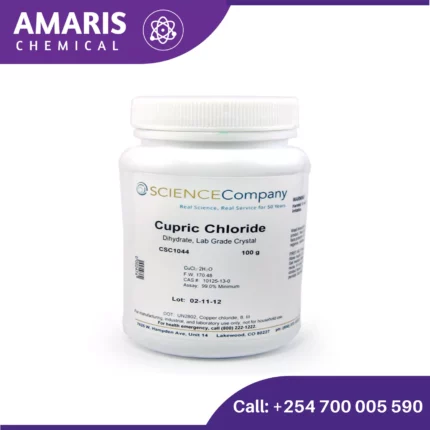
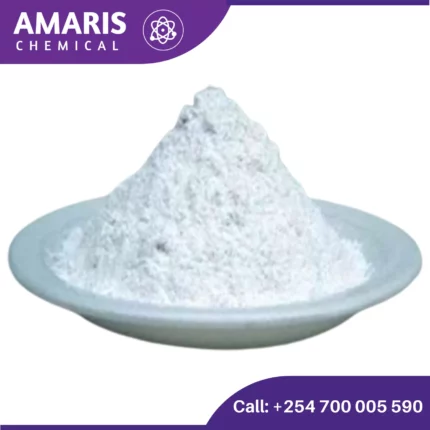
Cupric Sulphate Pentahydrate
$530.00 Original price was: $530.00.$450.00Current price is: $450.00.
Cupric sulfate pentahydrate, commonly known as copper sulfate pentahydrate (CuSO₄·5H₂O), is a blue crystalline solid that is widely used in agriculture as a fungicide, herbicide, and pesticide.
Uses of Cupric Sulphate Pentahydrate
Analytical Chemistry:
It is used in qualitative analysis to test for the presence of ions such as copper, sulfate, and water.
Electroplating:
Cupric sulfate solutions are used in electroplating processes to deposit copper onto conductive surfaces.
Education:
It is often used in educational experiments to demonstrate crystal growth or as a source of copper ions for various reactions.
Chemical Synthesis:
Cupric sulfate can serve as a catalyst or reactant in organic synthesis processes.
Preservative:
It is sometimes used as a preservative for wood, particularly in laboratory settings.
Electrolyte:
In some cases, cupric sulfate solutions can be used as an electrolyte in batteries and electrochemical cells.
You may also like…
Ammonium Cupric Chloride
Cupric Carbonate 500gm
Cupric Chloride 250gm
- Chemical Formula: CuCl₂
- Molecular Weight: 134.45 g/mol
- Appearance: Yellowish-brown powder (anhydrous), blue-green crystals (hydrated)
- Solubility: Highly soluble in water and ethanol
Cupric Oxide 100gm
Properties:
- Chemical Formula: CuO
- Appearance: Black or dark brown powder.
- Molecular Weight: 79.545 g/mol
- Melting Point: 1,326 °C (2,419 °F)
- Density: 6.315 g/cm³
- Solubility: Insoluble in water but soluble in acids.
Production:
Cupric oxide can be produced by several methods, including:- Thermal Decomposition: Heating copper(II) nitrate, copper(II) carbonate, or copper(II) hydroxide in the absence of oxygen.
- Direct Oxidation: Heating metallic copper in the presence of oxygen.
Cupric Sulphate Anhydrous
Related products
Acetic Acid 2.5litre
Aluminum Carbonate 250g
Aluminum Hydroxide 250gm
Aluminum Oxide 500 grams
Aluminum Potassium Sulphate 500gm
Physical Properties:
- Appearance: Colorless, transparent crystals or white powder.
- Solubility: Soluble in water but insoluble in alcohol.
- Melting Point: Decomposes at high temperatures before melting.
Chemical Properties:
- Molecular Formula: KAl(SO₄)₂·12H₂O
- Molecular Weight: 474.39 g/mol (for the dodecahydrate form)
- Acidity: It is slightly acidic in aqueous solution.


 Emollients
Emollients Humectants
Humectants UV Filters
UV Filters Surfactants (cosmetic)
Surfactants (cosmetic) Preservatives (cosmetic)
Preservatives (cosmetic) Fragrances and Essential Oils
Fragrances and Essential Oils Antioxidants (cosmetics)
Antioxidants (cosmetics)
 Solvents (lab)
Solvents (lab) Chromatography Chemicals
Chromatography Chemicals Microbiology and Cell Culture Reagents
Microbiology and Cell Culture Reagents Biochemical Reagents
Biochemical Reagents Inorganic and Organic Standards
Inorganic and Organic Standards Spectroscopy Reagents
Spectroscopy Reagents Molecular Biology Reagents
Molecular Biology Reagents
 Precious Metal Extraction Agents
Precious Metal Extraction Agents
 Plasticizers
Plasticizers Polymerization Initiators
Polymerization Initiators Stabilizers
Stabilizers Monomers
Monomers Fillers and Reinforcements
Fillers and Reinforcements Antioxidants (plastics)
Antioxidants (plastics) Colorants (plastic pigments,Dyes)
Colorants (plastic pigments,Dyes)
 Fertilizers
Fertilizers Plant Growth Regulators
Plant Growth Regulators Soil Conditioners
Soil Conditioners Animal Feed Additives
Animal Feed Additives Biostimulants
Biostimulants
 Dough Conditioners
Dough Conditioners Flour Treatments
Flour Treatments Fat Replacers
Fat Replacers Preservatives (baking)
Preservatives (baking)
 Surfactants (cleaning)
Surfactants (cleaning) Builders
Builders Bleaching Agents
Bleaching Agents Enzymes
Enzymes Solvents (cleaning)
Solvents (cleaning) Fragrances
Fragrances Disinfectant
Disinfectant Metal cleaning
Metal cleaning
 Binders/Resins
Binders/Resins Pigments
Pigments Solvents (paint)
Solvents (paint) Additives
Additives Driers
Driers Anti-Corrosion Agents
Anti-Corrosion Agents Specialty Coatings
Specialty Coatings Functional Coatings
Functional Coatings Application-Specific Coatings
Application-Specific Coatings
 Sealants and Adhesives
Sealants and Adhesives
 Biodegradable Surfactants
Biodegradable Surfactants Bio-based Solvents
Bio-based Solvents Renewable Polymers
Renewable Polymers Carbon Capture Chemicals
Carbon Capture Chemicals Wastewater Treatment Chemicals
Wastewater Treatment Chemicals
 Preservatives (food)
Preservatives (food) Flavor Enhancers
Flavor Enhancers Acidulants
Acidulants Sweeteners
Sweeteners Emulsifiers
Emulsifiers Antioxidants (food)
Antioxidants (food) Colorants (food)
Colorants (food) Nutrient Supplements
Nutrient Supplements Nutraceutical Ingredients
Nutraceutical Ingredients
 Fresh Herbs
Fresh Herbs Whole Spices
Whole Spices Ground Spices
Ground Spices Spice Blends
Spice Blends
 Surfactants(oil)
Surfactants(oil)
 Antibiotics
Antibiotics Active Pharmaceutical Ingredients
Active Pharmaceutical Ingredients Excipients
Excipients Vaccine Adjuvants
Vaccine Adjuvants Nutraceutical Ingredients
Nutraceutical Ingredients Solvents (pharmaceutical)
Solvents (pharmaceutical)
 Automotive chemicals
Automotive chemicals Pyrotechnic Chemicals
Pyrotechnic Chemicals


 Vulcanizing Agents
Vulcanizing Agents Accelerators & Retarders
Accelerators & Retarders Antidegradants
Antidegradants Reinforcing Agents
Reinforcing Agents Plasticizers & Softeners
Plasticizers & Softeners Fillers & Extenders
Fillers & Extenders Blowing Agents
Blowing Agents Adhesion Promoters
Adhesion Promoters
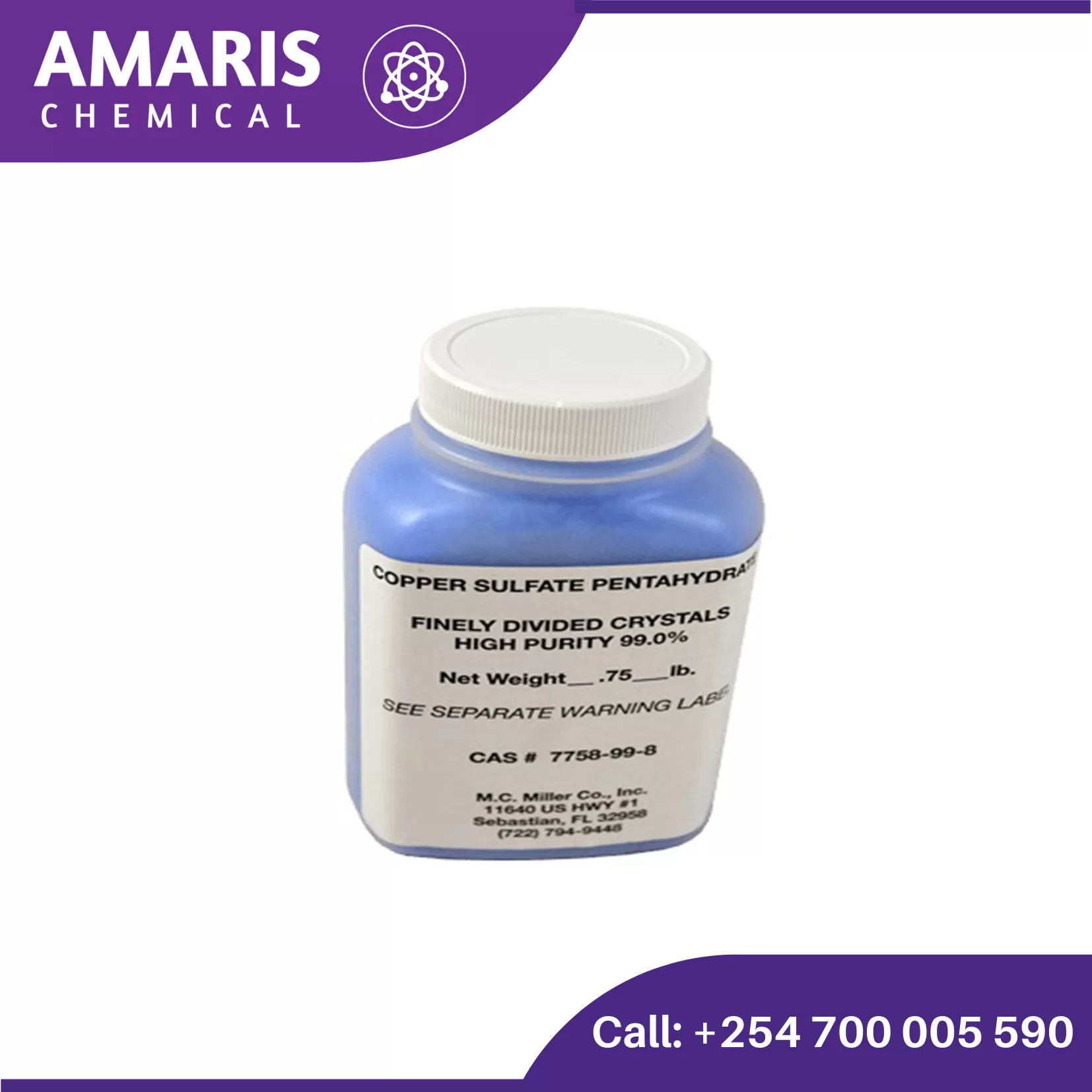
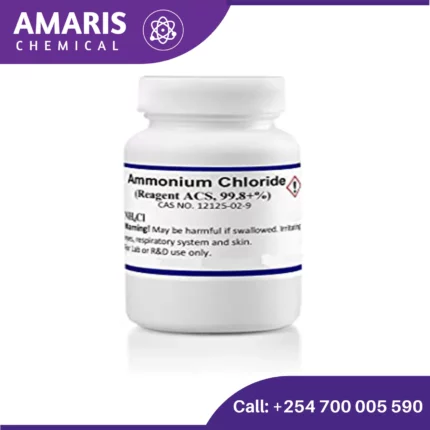
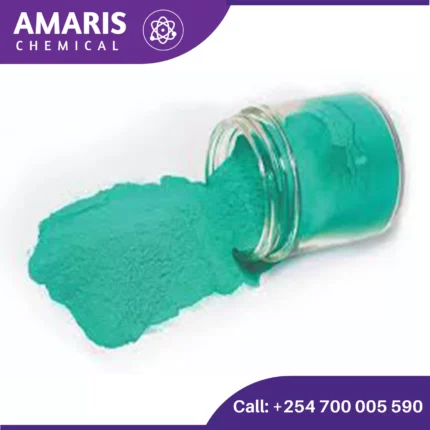

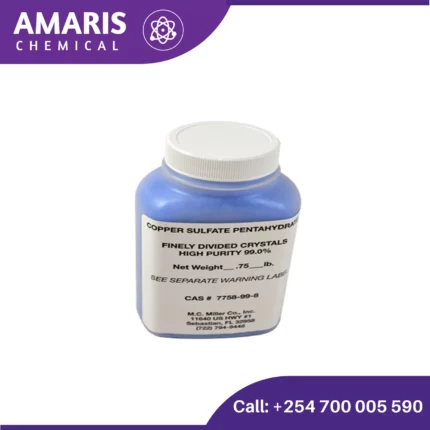
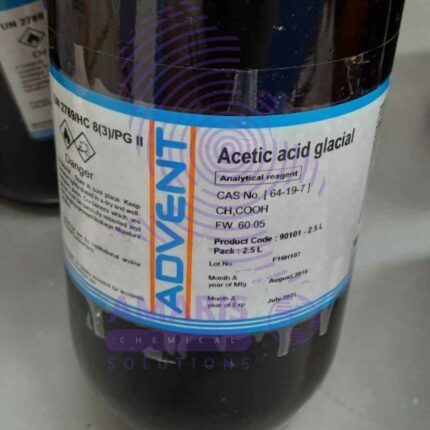
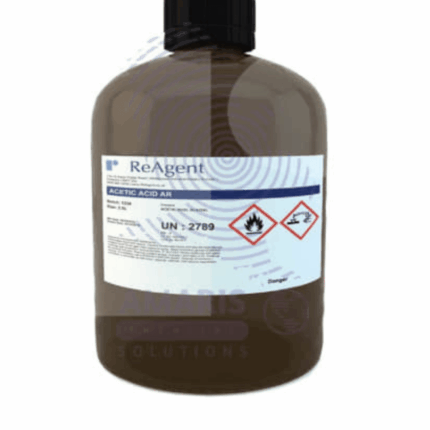
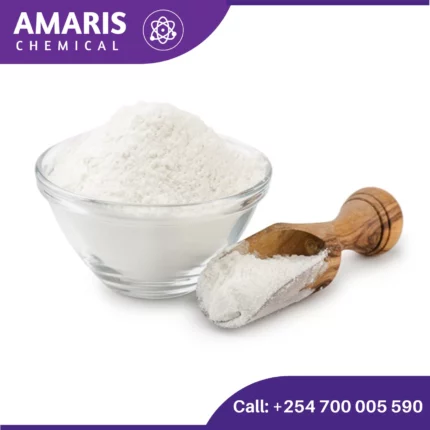
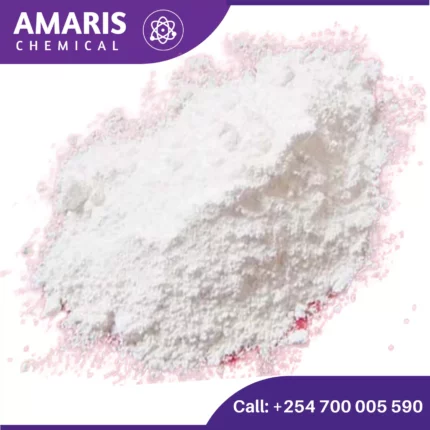
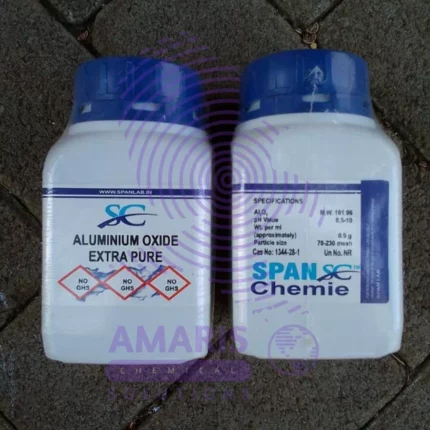

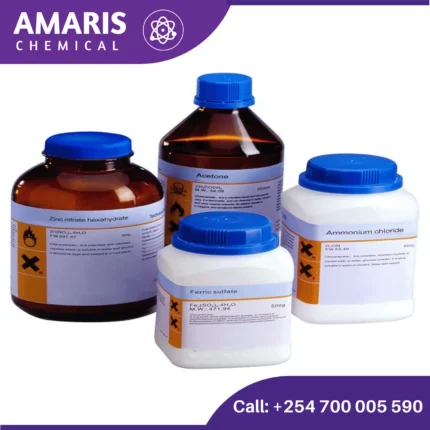

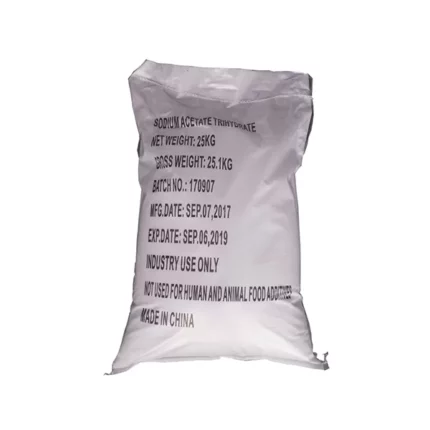














Reviews
There are no reviews yet.